Ooti
Maidem Kodom
2010
by Eric Whollem
copyright by the artist
Ooti the Acorn
Ooti is the name given to the staple food of the Maidu, the acorn.
Acorns were made into soup or bread. Sometimes meat or other
seasonings were added.
Manzanita berries also were used to make a sweet bread.
When food supplies got low, the toxic seeds of the buckeye
were carefully leeched to make food.
The Maidu used bedrock mortars and large smooth grinding
stones to grind the acorns, which were then leeched with water
in special baskets.
CONCOW MAIDU LORE IN THE ART OF ERIC WHOLLEM
EARLY SPANISH CONTACTS WITH THE MAIDU
Today at Powwows or Big Times fry bread has been added to the
Maidu cuisine. This may or may not be an influence that arose
from early Spanish contacts in California. A number of words in
the Concow dialect are Spanish in origin--such as 'pane' for
bread, 'caballo' for horse, and 'pantalon' for pants.
A friend of mine once found a rusted out old Spanish sword on
the shores of Lake Oroville. There are few physical remains of
Spanish colonization in Butte County, as the Spanish usually
preferred lands on the coast.
Two well known Spanish land grants in Butte County were to
John Bidwell of Chico; and to Sam Neal of Paradise/Oroville.
A BRIEF HISTORY OF OROVILLE
According to Bob Rathbun, the Maidu called Oroville Opatoni,
which is their way of saying Ophir Town, an early name of this
small California city, which grew to rather large size during the
Gold Rush.
Prior to white settlers, Oroville was the location of an important
religious site for the Concow Maidu. The Kuksu Dream Religion
began in Oroville, an esoteric society that spread across California
to other Native American groups such as the Pomo, Wintun, and
Miwok. Siltamona is the name of one Maidu village near where
Oroville stands today. Oroville is thus important in the religious
history of California. The idea of a secret dream society was a
very new thing in California--probably the major cultural
contribution of the Concow Maidu to the Native American
cultures of California.
Sam Neal, the owner of a big Spanish land grant built the first
modern structure in Oroville, a sawmill, a stone building that
is today the Pioneer Museum on Montgomery Street in downtown
Oroville. Sam Neil worked for John Bidwell, the Chico rancher,
during the gold rush. Neil managed Bidwell's gold mining operations
on the Feather River at Bidwell Bar. Bidwell Bar, a favorite swimming
spot with a huge beach, existed up until the Oroville Dam flooded
the canyon in the 1960's. The Mother Orange Tree, the first orange
tree in California, used to grow near Bidwell Bar Bridge.
At one time Oroville was considered as a possible capital of the
State of California. Steam boats used to come up the Feather
River.
The local Maidu remember the horrible days of the Maidu Trail
of Tears, when the U.S. Army forced Maidu men, women and
children to a reservation in Covalo in the Coast Range. Later
a number of the people were able to make it back to Butte
County. The gold miners had taken all the good camp sites near
water, forcing California Indians to abandon their native villages,
and good sources of water and fish.
The large Chinese population had an Opera House. The Emperor
of China sent fixtures for a Chinese Temple in Oroville, which
still stands today as a cultural landmark. There used to be
50,000 Chinese in Oroville during the Gold Rush. The town was
much larger in the mid-nineteenth century.
Flooding over the years has buried much of downtown Oroville.
The old buildings there have two stories underground. Silt has
built up to the third story level on the old structures.
In recent years different tribal divisions of the Concow Maidu
have set up Casinos near Oroville. These establishments have
helped raise the local Native Americans out of poverty. The local
people have been able to afford to set up classes where the old
dialects of Concow Maidu are taught by the remaining native
speakers. An old Maidu legend tells us that it was gaming that
saved the people from captivity by the Old Man of the North.
___________
Readers interested in my posts on the Maidu should check out this link:
BELOW IS ANOTHER OF MY
VIDEOS
THAT DEAL WITH THE CONCOW MAIDU
CONCOW MAIDU RELIGION
Those interested in my Faux Postage Stamps should view:
THE STAMP BELOW IS ANOTHER
OF MY
MAIDEM KODOM
FAUX POSTAGE STAMPS
VOICE OF THE TURTLE
Those interested in my Abstract Art should see this list of posts:
*
Artist stamps, aristamps, cinderella stamps, cyberstamps, fantasy stamps, faux postage, mail art, micronation stamps.

















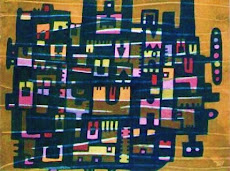


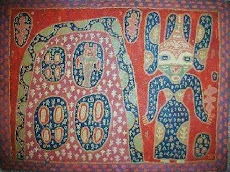






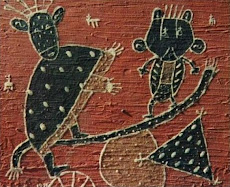


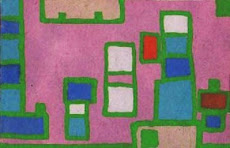




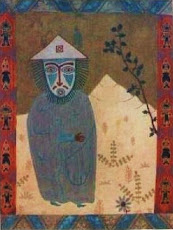



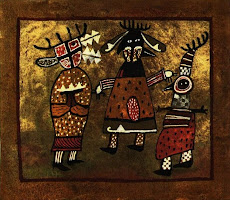






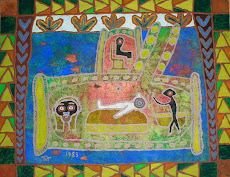




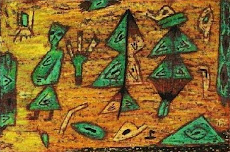
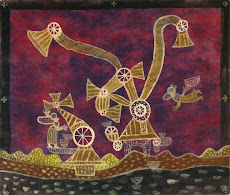






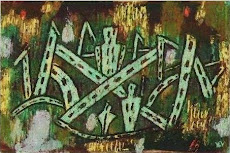
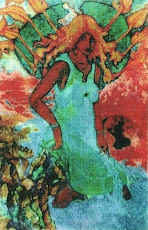

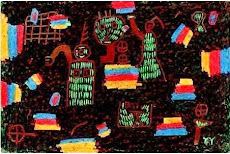
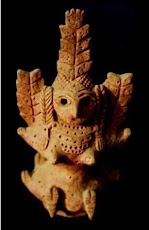
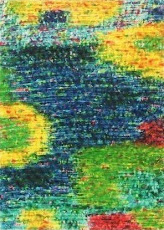




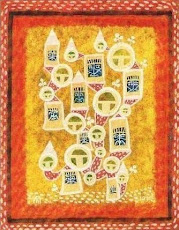
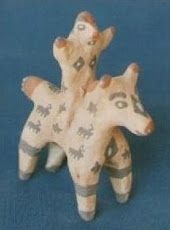
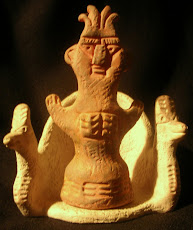
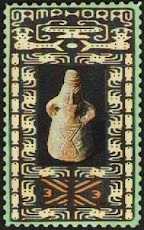
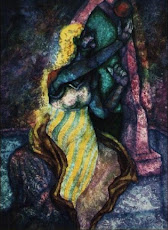
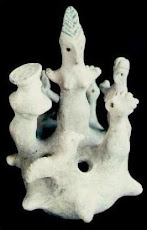

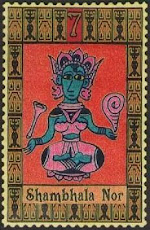

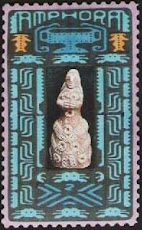
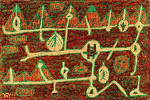

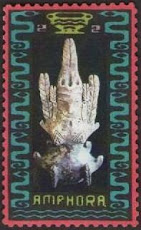



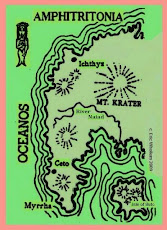
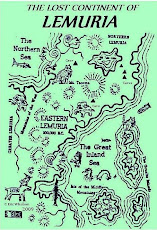
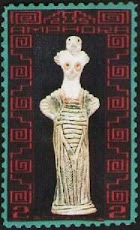



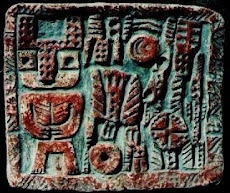

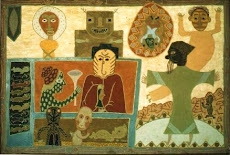





No comments:
Post a Comment
Inquiries, reactions, observations, favorites, commentary. Share with others.